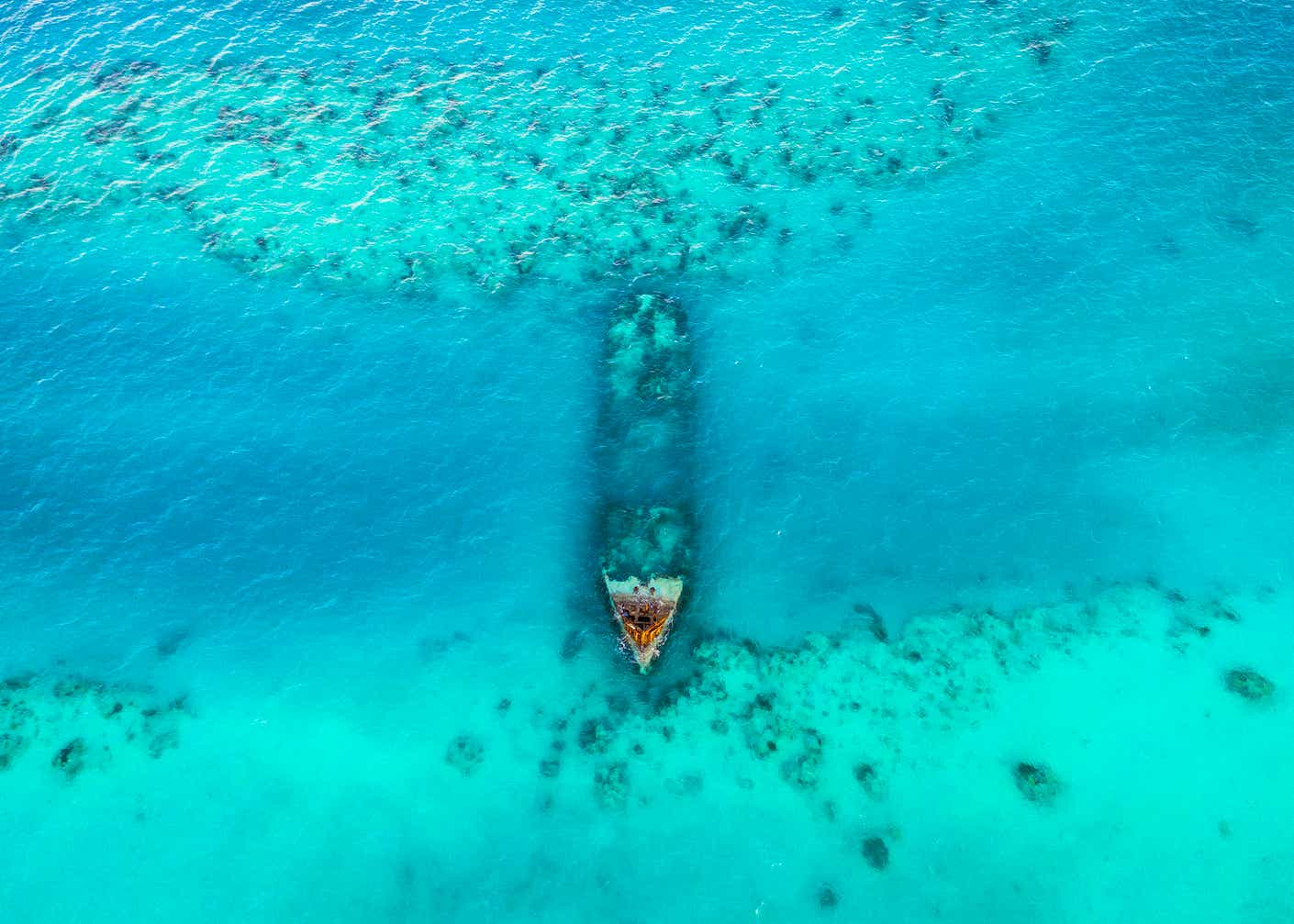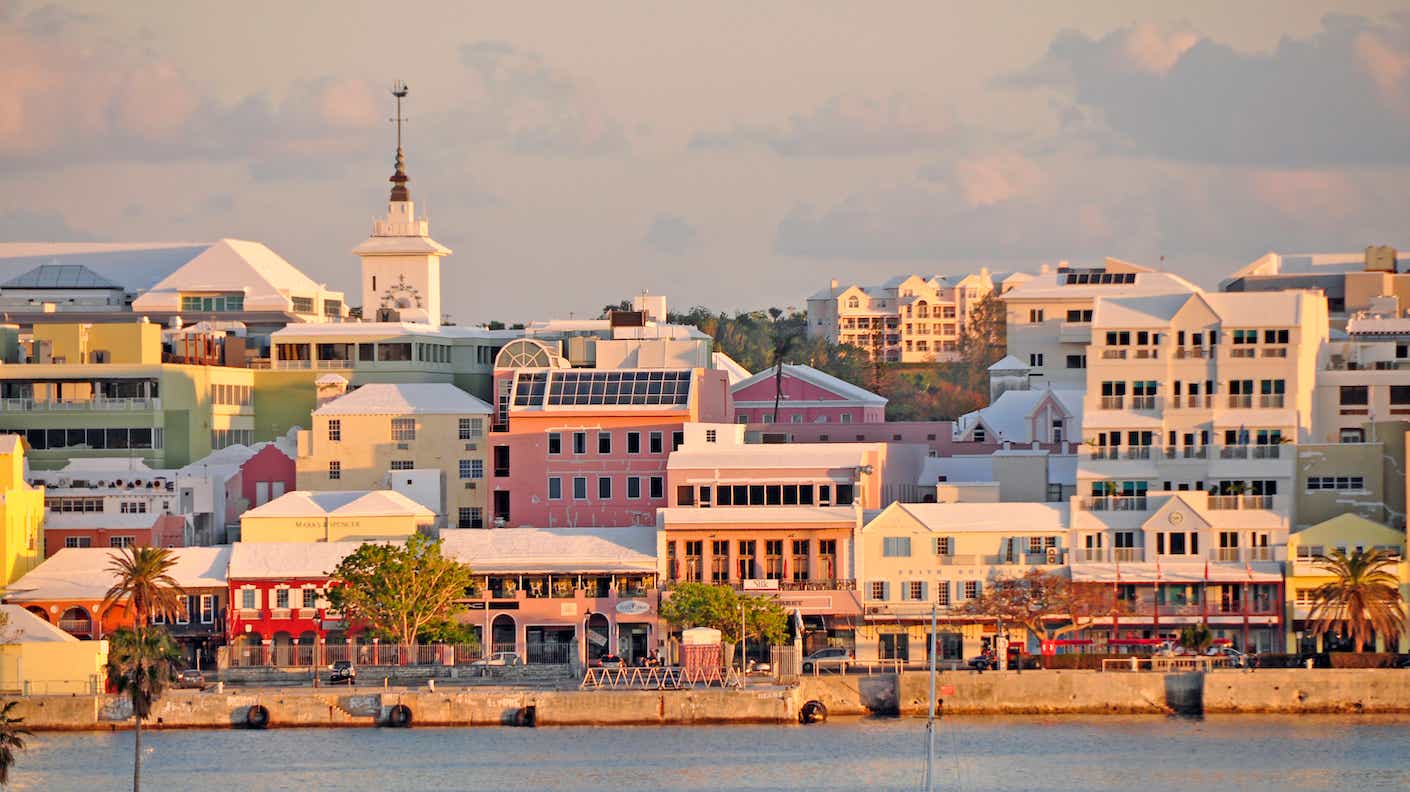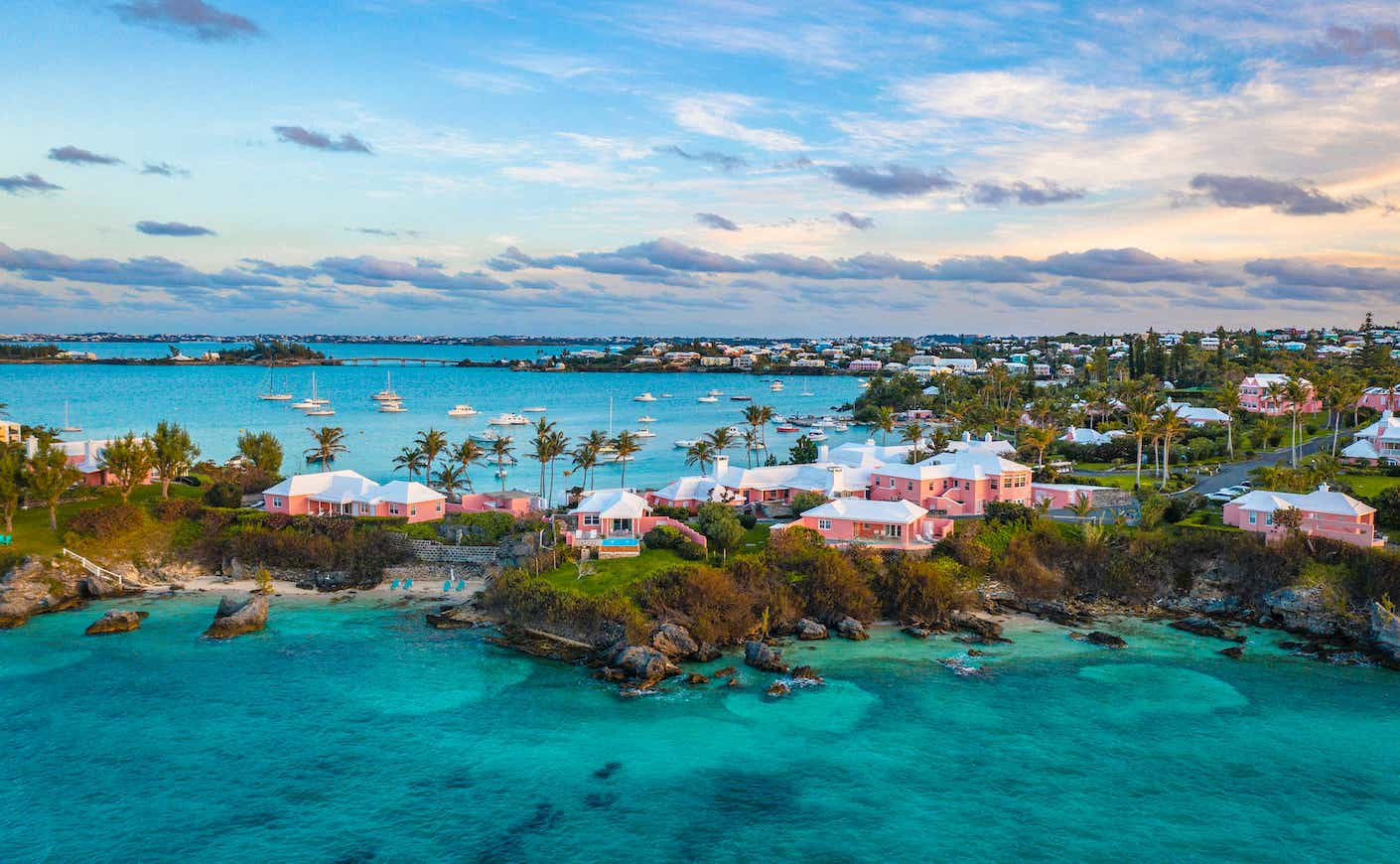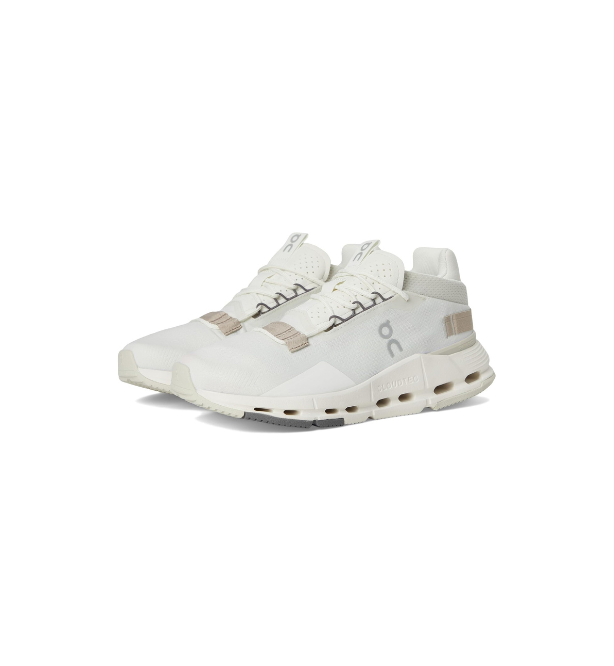When I asked friends and fellow travel enthusiasts for babymoon destination recommendations, I had some specific criteria: It needed to be within five hours of NYC, relaxing and tropical, with culture and history rich enough to lure me away from the beach, and somewhere I hadn’t been before. I was met with suggestions like Mexico, Dominican Republic, Aruba, Costa Rica, and more. Most of them were a tad too far, already stamped in my passport multiple times, or not the safest from bad weather during that time of year.
A place nobody suggested was Bermuda, which was surprising: It’s less than a two-hour flight from my hometown of NYC and relatively safe from the seasonal threat of hurricanes. Despite the lack of votes in its corner, I trusted my knowledge of nearby islands, my curiosity (having met only one person born and raised in Bermuda my entire life), and the drool-worthy Google Images search results, and I booked flights to this sandy archipelago.
Shortly after arriving — and digesting nuggets of the island’s history via cab rides and friendly hotel staff, feeling the soft pinky-peach sand that could rival the beaches in Hawaii, and slipping out of my plane clothes and into my swimsuit so I could dip into the shockingly clear and warm water — I started to wonder why I hadn’t been pitched this trip a thousand times before. I made it my mission to discover why over the next few days, determined to find flaws in what felt like a dreamy Zoom background. Instead, I discovered one of the most shockingly versatile beach destinations I’ve ever visited. In my years of travel writing, I don’t think I’ve ever written these words, but it finally feels warranted: By the time I left these North Atlantic islands, I was more convinced than ever that there could be a destination that has something for everyone, and that I had found it. (Well, actually, the Spaniards had, but more on that later.)
Best things to do in Bermuda for…
The beachgoers

While our hotel, Cambridge Beaches Resort & Spa, housed four irresistible and unique private beaches, we earmarked one afternoon to take a 15-minute cab ride over to the famed Horseshoe Bay Beach, often named one of the most beautiful in the world. This was my favorite activity of our stay —the beach was empty (there were no cruise ships docked that day), the sand was as pink as promised (thanks to crushed coral), and the rock formations were hypnotizing. The waves along the main horseshoe were wild, but the towering rocks off to the side protect a corner of the water from the waves, creating a calm, glistening bath that I could have soaked in all day. But that’s not even the best part. If you’re up for a little hike, there’s a trail on the other end of the beach that goes along the ocean and breaks off onto other smaller, seemingly untouched beaches along the coast. We found tiny, completely empty enclaves that I’m sure would provide much-wanted respite on a day a cruise ship is docked. Each corner we encountered felt more and more perfect for a Wonder Woman Themyscira sequence, and each time we turned off the path, we felt like we were discovering our own piece of paradise.
The adventure seeker

Five words for you: Shipwreck capital of the world. With more than 300 dotting its waters, Bermuda boasts more wrecks per square mile than anywhere else on the planet. This translates to a treasure-seeking scuba diver’s wet dream (pun intended — sorry, had to). These historic sunken ships date from the 1600s to 1997: In fact, the island was officially discovered by British settlers stranded in a shipwreck in 1609. Why have so many boats met their fate approaching Bermuda, you ask? It’s not because of the Bermuda Triangle (which, newsflash, isn’t real). It’s the deceptive and treacherous reefs encasing the archipelago garnering it another nickname: the “Isle of Devils.” These unfortunate incidents created some of the best and most abundant wreck-diving in the world. Notable spots include the Constellation, a WWII-era tanker that sank in 1943, offering stunning underwater views of its well-preserved structure. Another famous sunken ship, the Mary Celestia (a Civil War-era blockade runner), lies in shallow waters near the coast, where divers can explore its cargo hold and artifacts. Some of the shipwrecks can be seen from above or just below the water’s surface, meaning snorkelers, jet skiers, and boat tours can see the sights, too.
Prefer on-land adventure? There are nature preserves and hiking opportunities galore nestled next to the island’s beaches. Of course, there’s also the famous Crystal Caves, thought to be millions of years old and home to dramatic limestone formations and a clear ocean-fed lake.
The history buff
The problem with resort destinations is often that they’re so developed and commercialized, anyone interested in experiencing the place authentically might have to look long and hard. (I’ve found that the bigger the hotels are, the deeper the native culture is buried.) While you can certainly steer clear of anything educational by whiling away hours on a stunning beach in Bermuda, there are options for the traveler who likes to learn (a little).
History buffs shouldn’t miss St. George’s, a UNESCO World Heritage Site and the oldest continuously occupied town of English origin in the Western Hemisphere, founded in 1612. Strolling through its cobblestone streets feels like entering a colorful time capsule, with sites like the Old Rectory, St. Peter’s Church (the oldest Anglican church in continuous use outside the British Isles), and the State House telling tales of Bermuda’s colonial beginnings. For a shopping pitstop that feels educational, visit the Bermuda Perfumery, which has been mixing up rare olfactory experiences since 1928.
OK, time for some real history geek stuff: The Spaniards discovered Bermuda unofficially because in 1503, a Spanish explorer, Juan de Bermudez, stumbled upon the archipelago. But remember the “Isle of Devils” nickname? The Spaniards left the land up for grabs because of the treacherous reef surrounding it — so when the Brits got stranded by those reefs in the 17th century, they claimed it and made due. (It’s now a self-governing British Overseas Territory.)
In 1809, they began construction on Bermuda’s Royal Naval Dockyard, also known as “the Gibraltar of the West.” During the War of 1812, a British fleet sailed from the Dockyard on its infamous mission to attack and seize Washington, DC, and Baltimore. (It’s on one of those ships that prisoner Francis Scott Key wrote “The Star-Spangled Banner”!) Later, the Dockyard became a strategic base for England in the Atlantic and an active shipyard during the First and Second World Wars. Today, you can visit the old stone buildings, wharves, and fortifications to learn about Bermuda’s role in these wars — and also enjoy views of the islands, dine, and shop for souvenirs.
Around 60 percent of the island’s population has African ancestry; many are descendants of enslaved persons from the West Indies and West Africa brought here during the 18th Century. This makes Bermuda more of a melting pot than you might expect. I couldn’t get enough of this layered history, but the African Diaspora Heritage Trail was satiating: This collection of historical sites, churches, and statues spread across Bermuda commemorates the role that slaves and, later, segregated Black Bermudians played in the formation of this nation.
The cosmopolitan creature

What really struck me? The city of Hamilton. The place I thought was purely a sunbather’s mecca also houses a compact (and super-charming) cosmopolitan center — picture a mini Miami or Honolulu.
When we stepped off the ferry in Hamilton, we couldn’t believe our eyes and ears. The main drag was dotted with hip and high-end restaurants worthy of South Beach and because it was around 6 p.m., the cocktail bars and pubs were overflowing with people in post-workwear. The city is home to a thriving financial services industry, a high standard of living, a tax-friendly environment, a laid-back lifestyle, stunning natural beauty, and a welcoming atmosphere. You’ll find satisfying dining options for all palates, socializing opportunities at all levels of formality, and historical landmarks dotting the grid. You’ll cross paths with young ex-pats and older locals alike, but what remains consistent is the friendly vibe of a tiny beach town. I can’t tell you how many people we saw shouting greetings to each other from across the street.
Bermuda wasn’t even on my radar — and now I’m wondering why everyone’s been sleeping on it. From shipwrecks to sandy escapes and a downtown buzzing with charm, this island packs a punch for every type of traveler — and then some.













